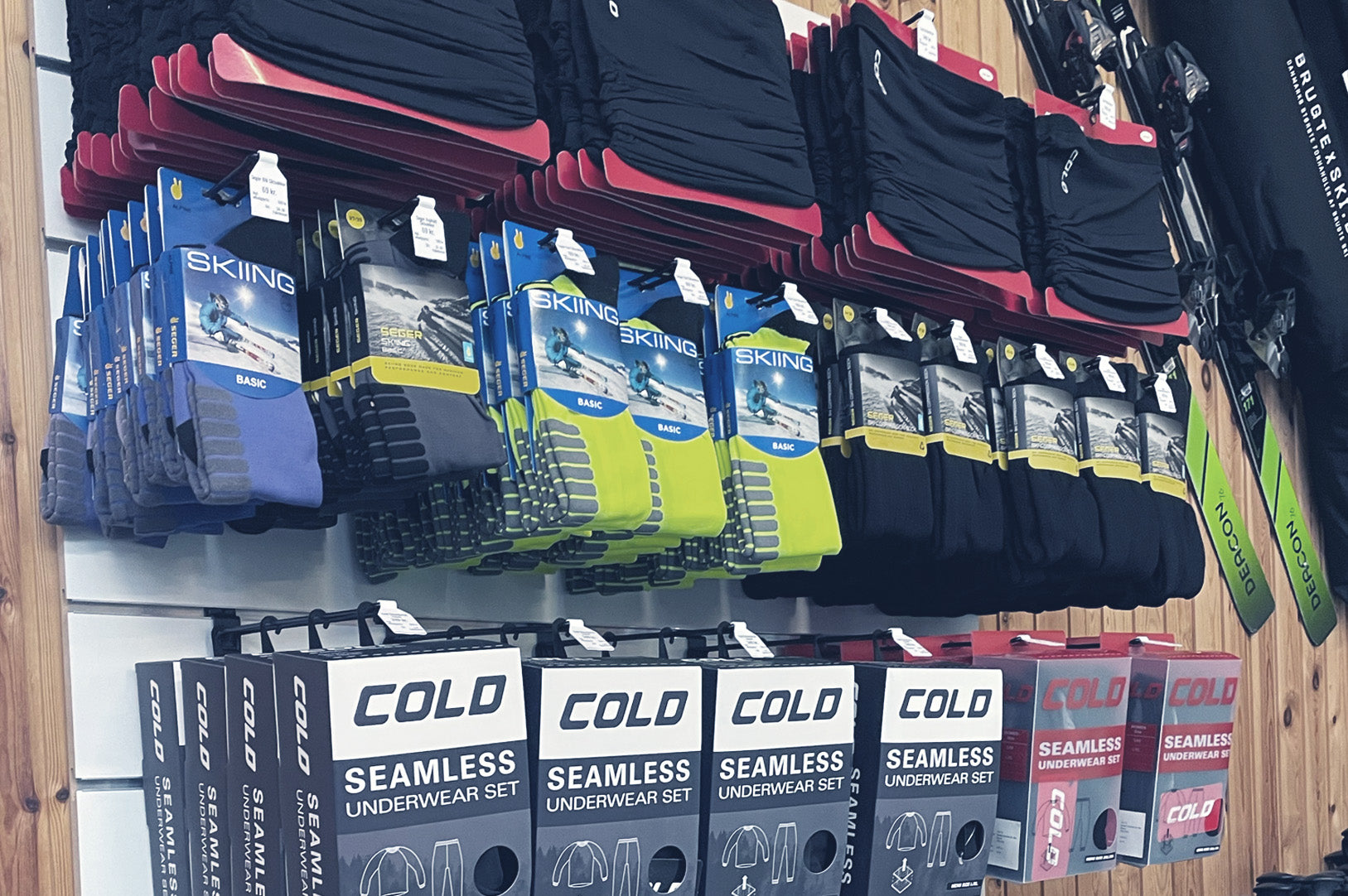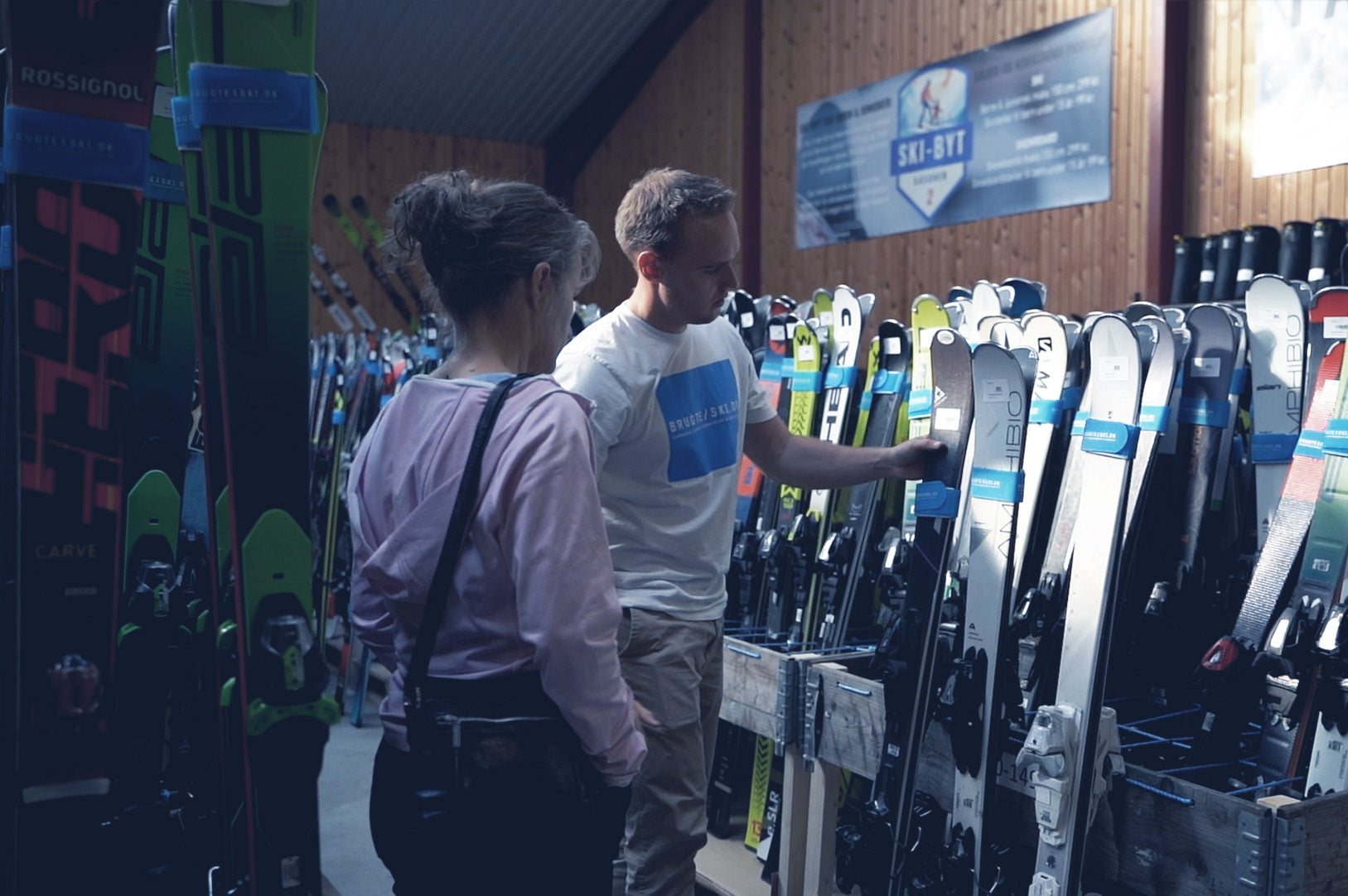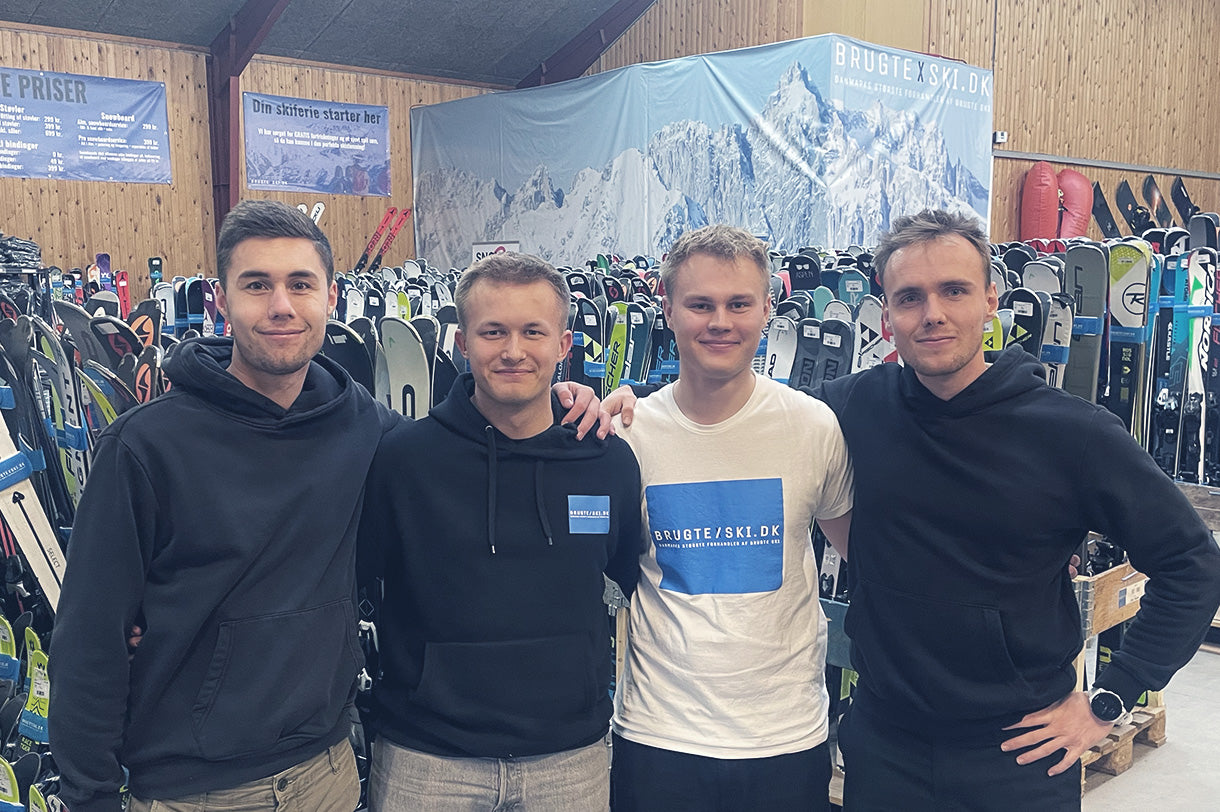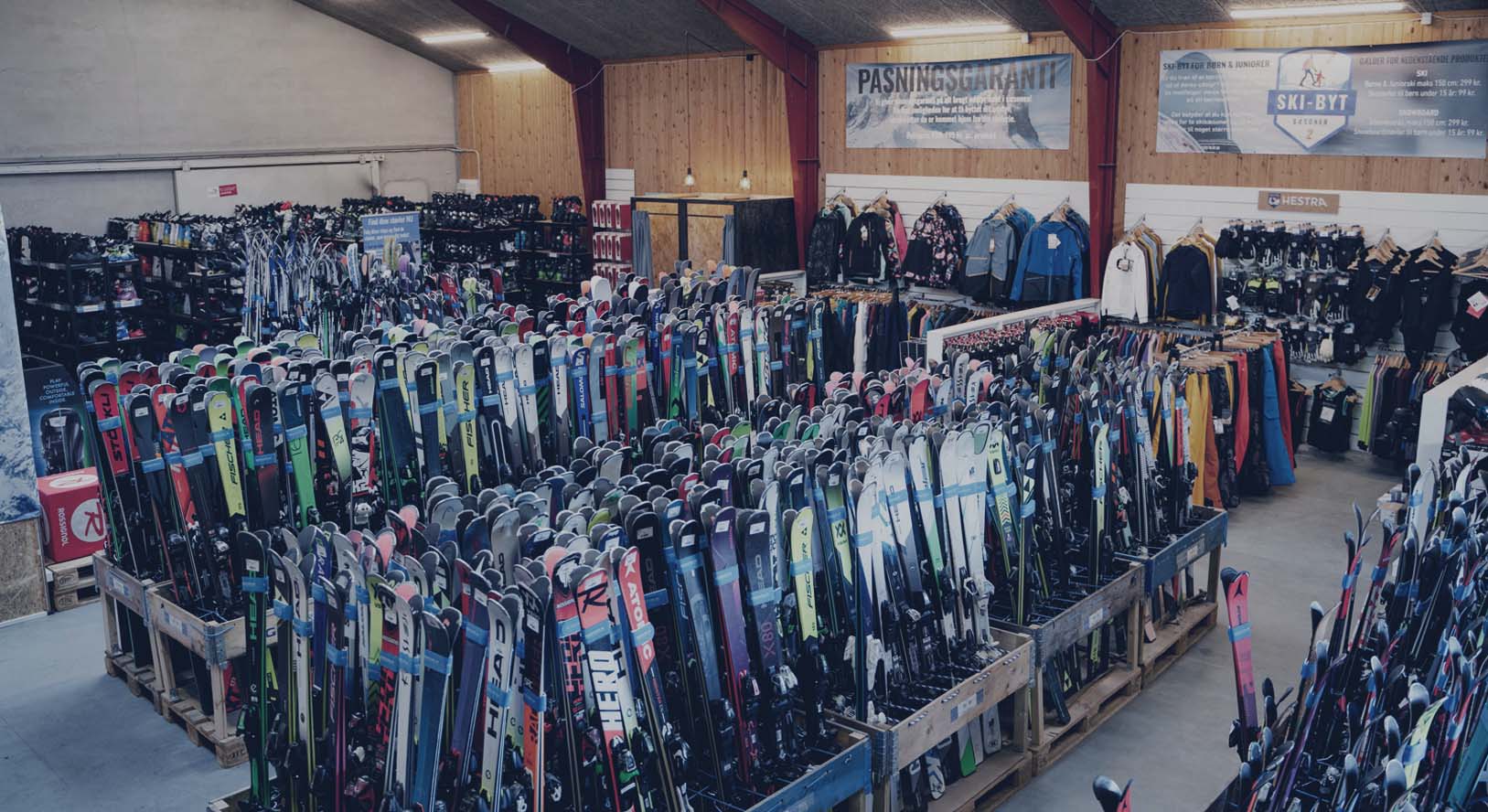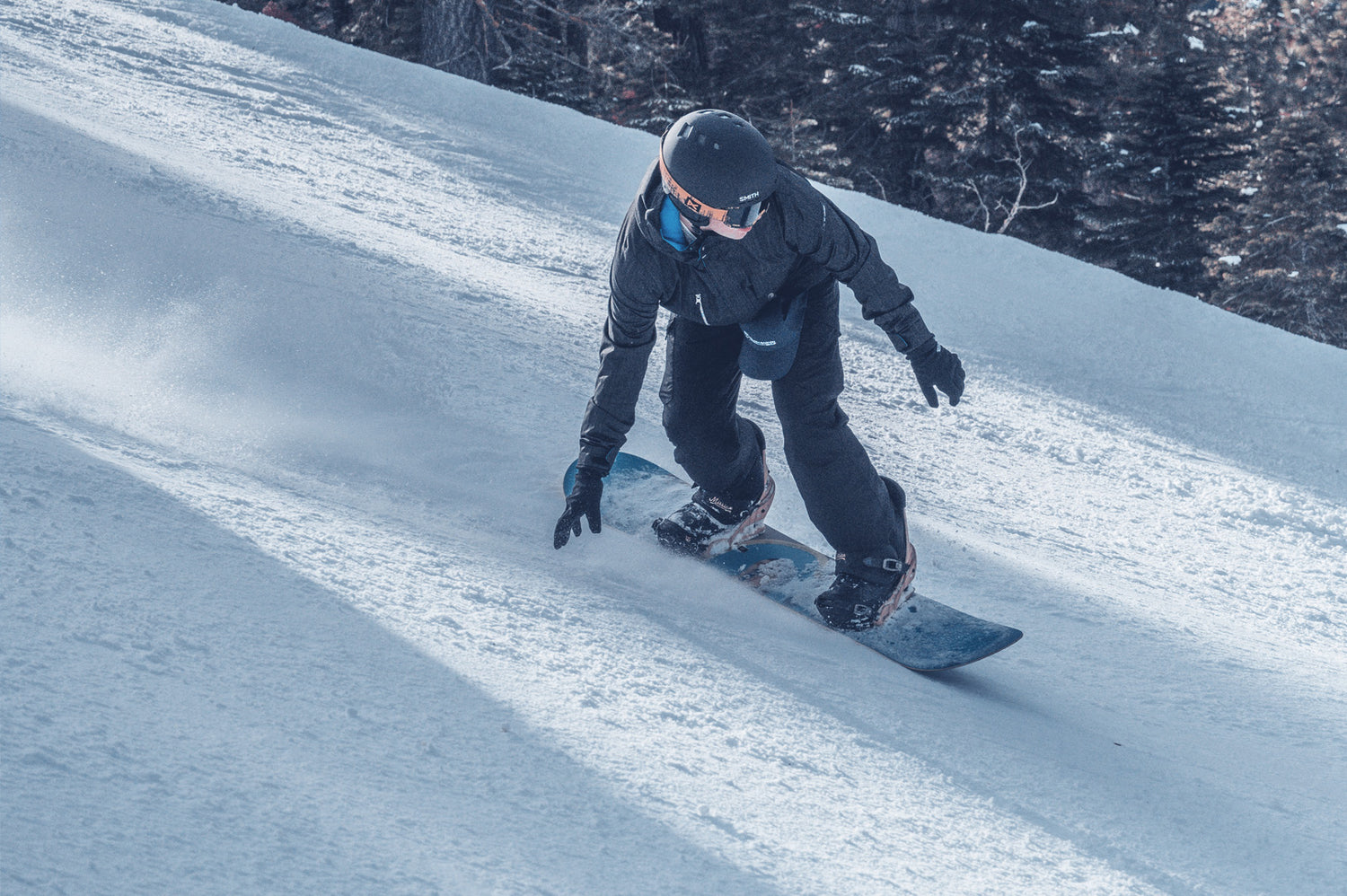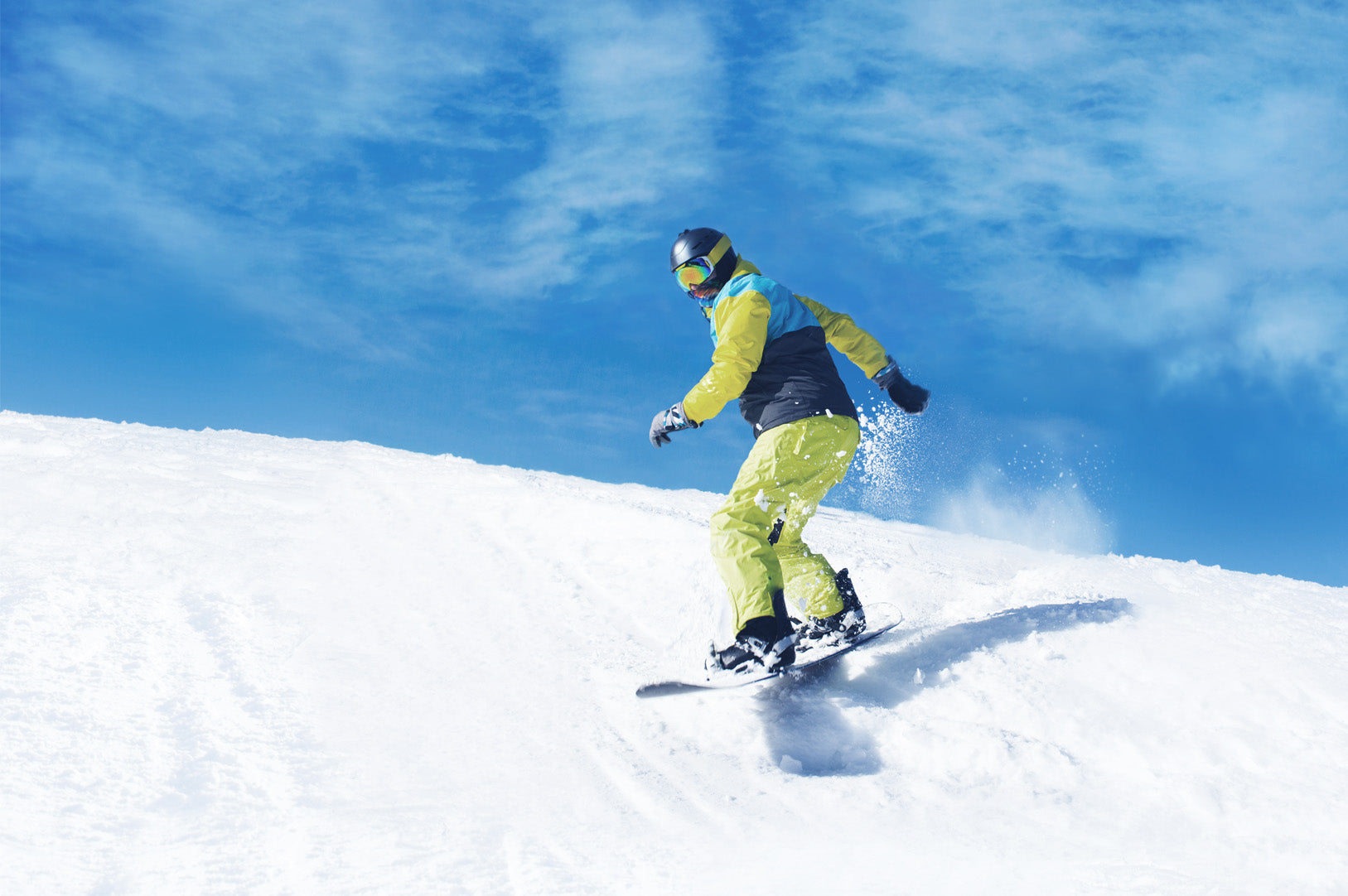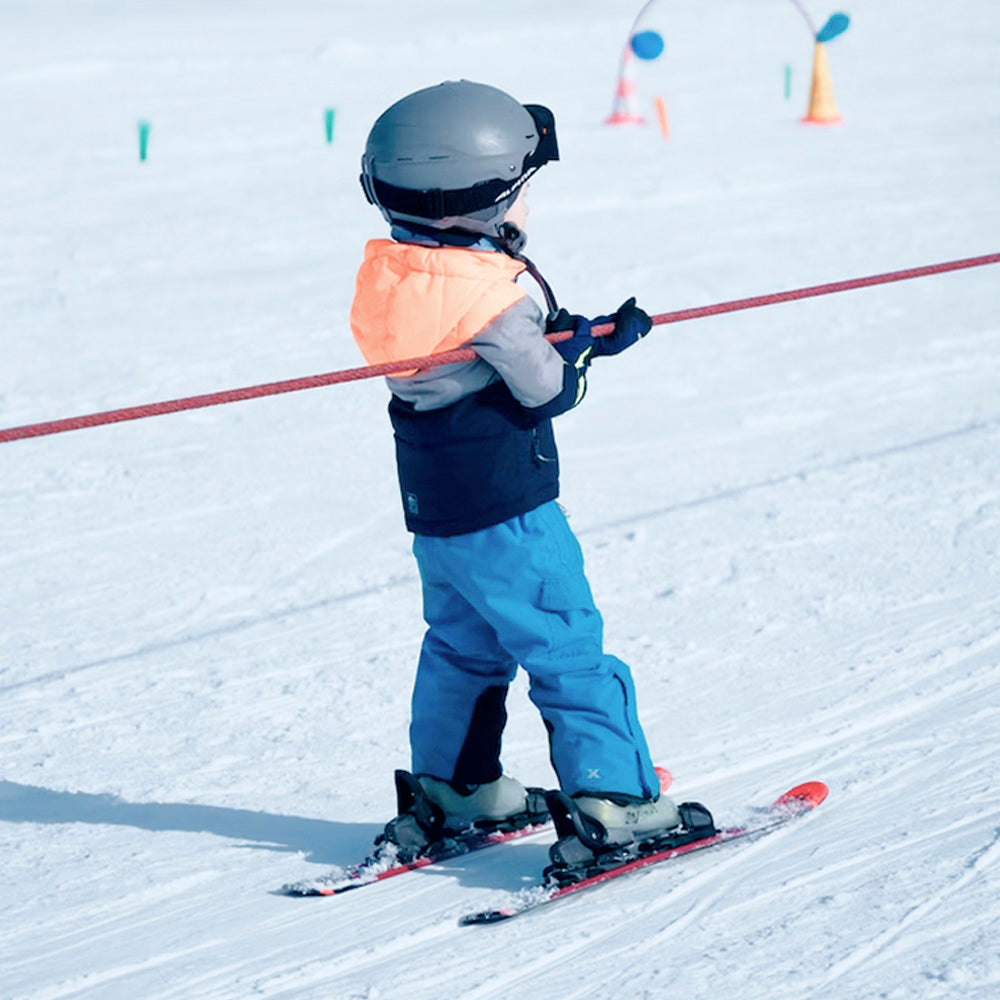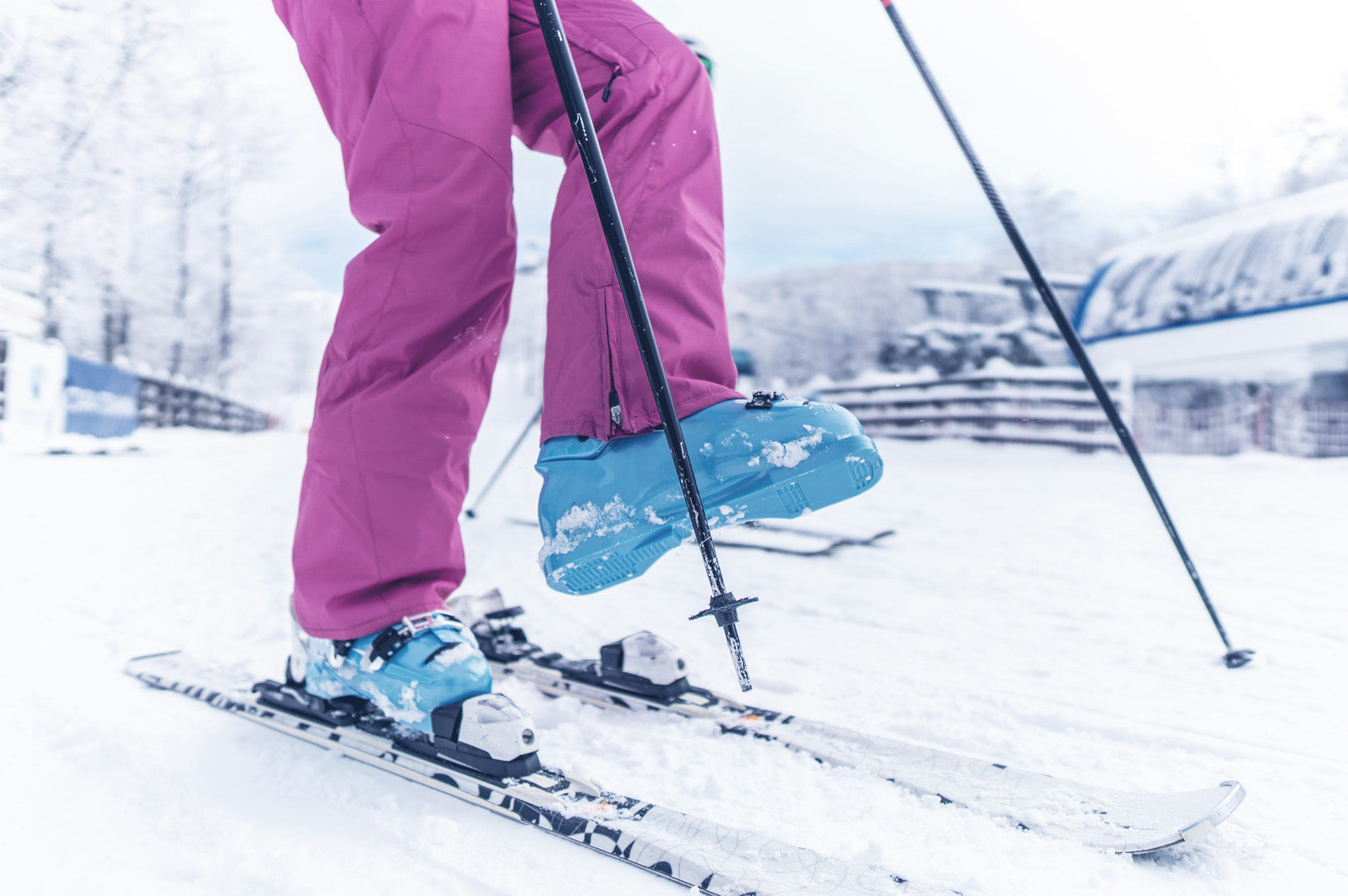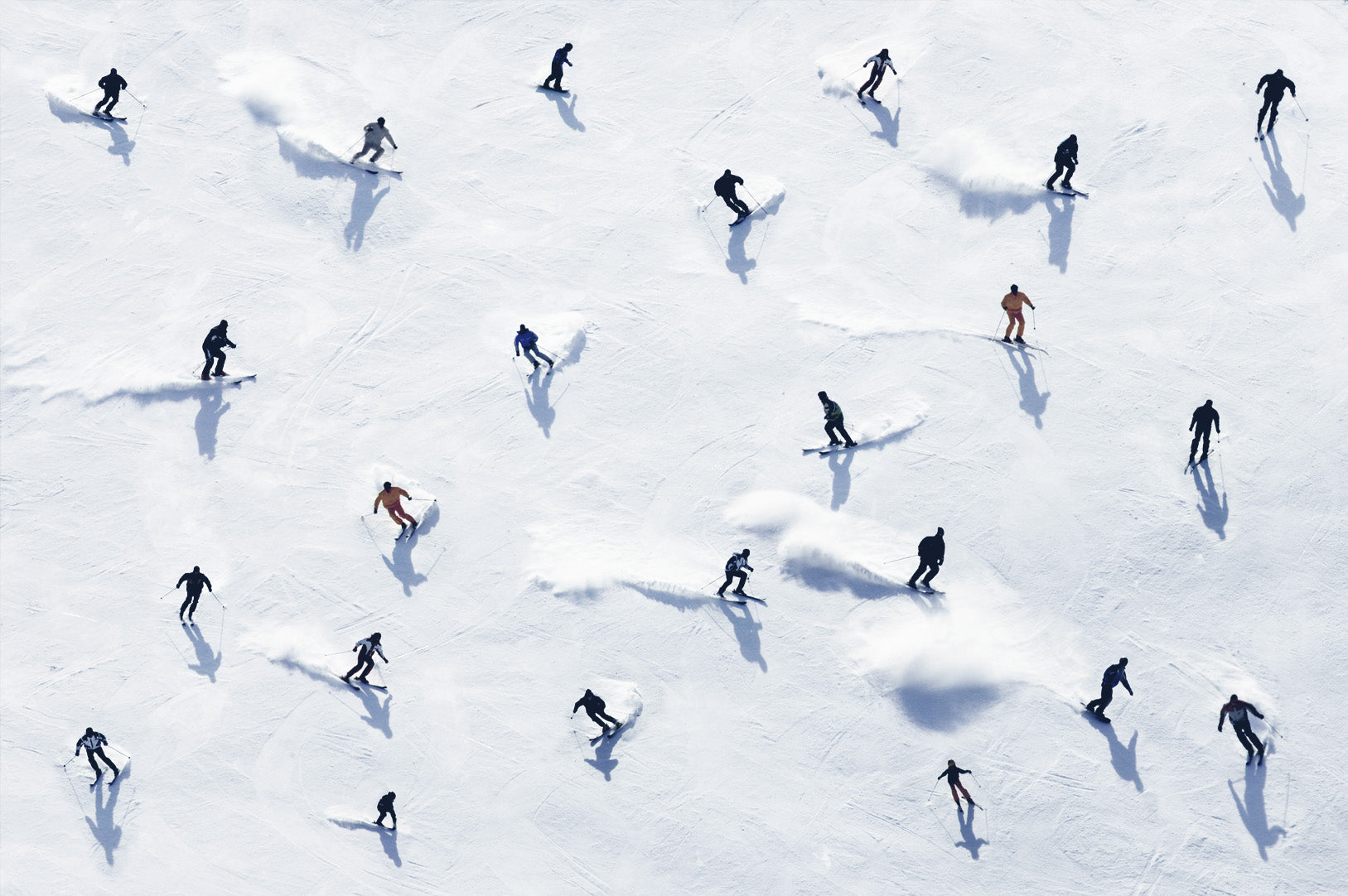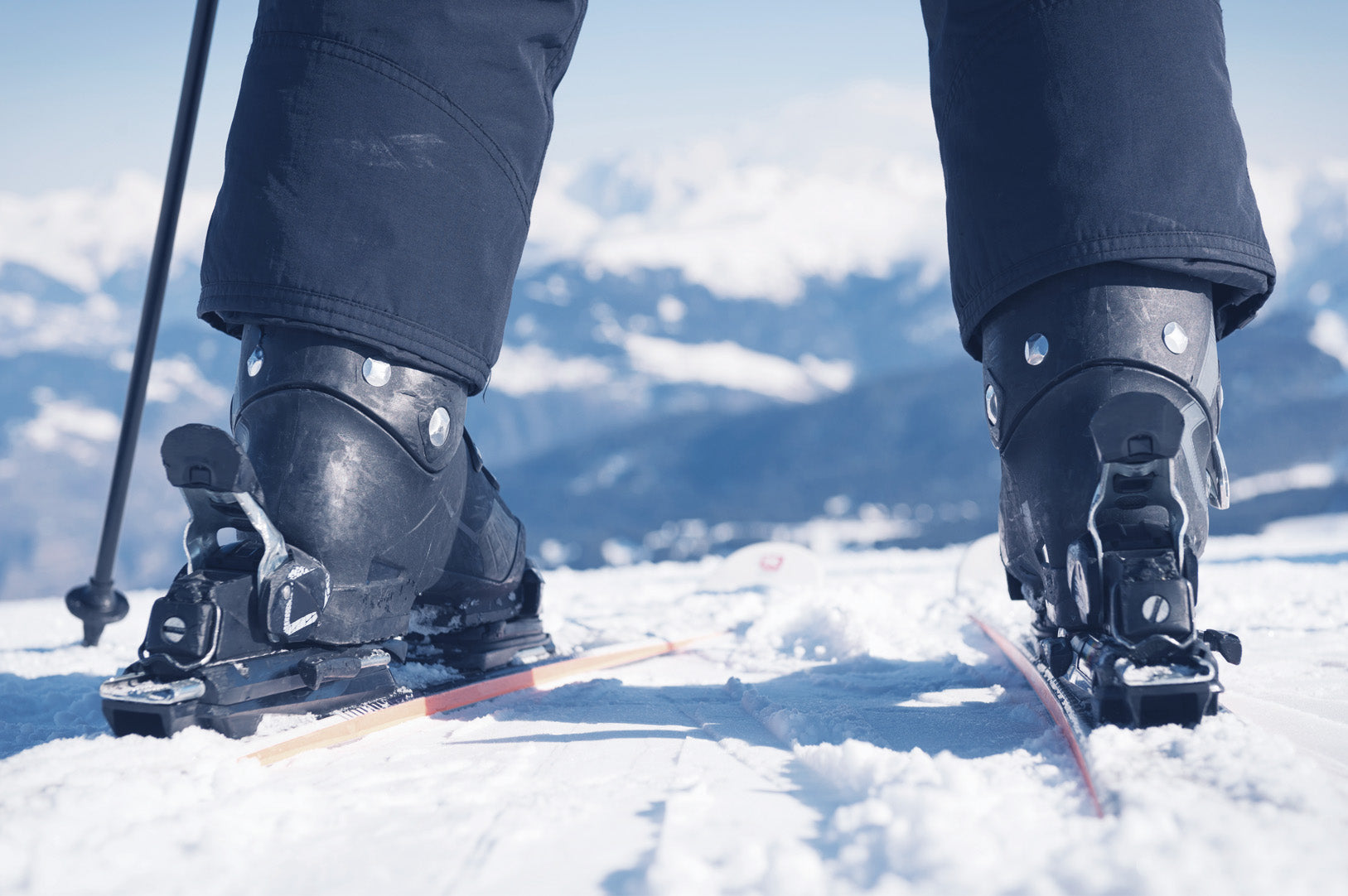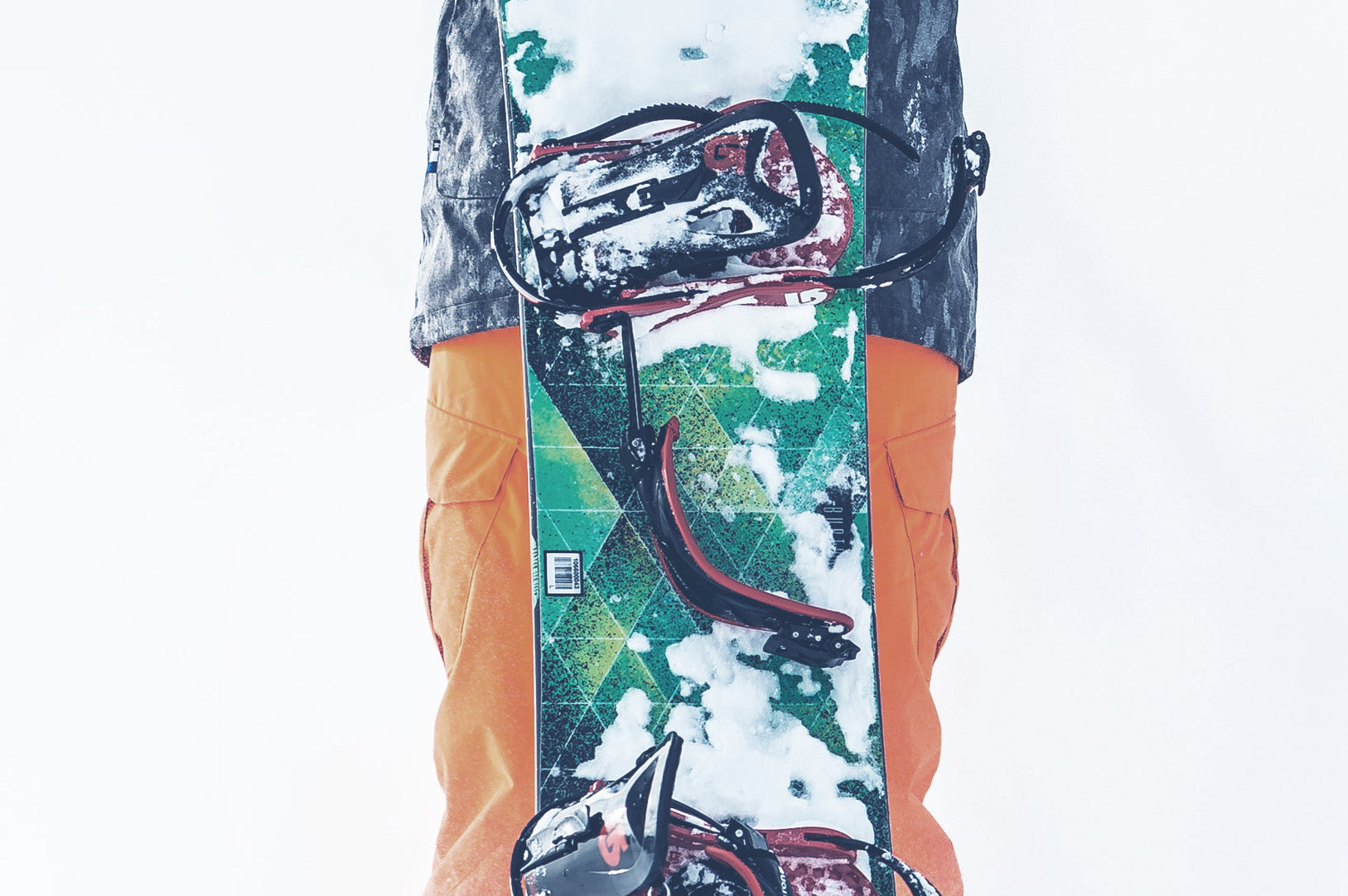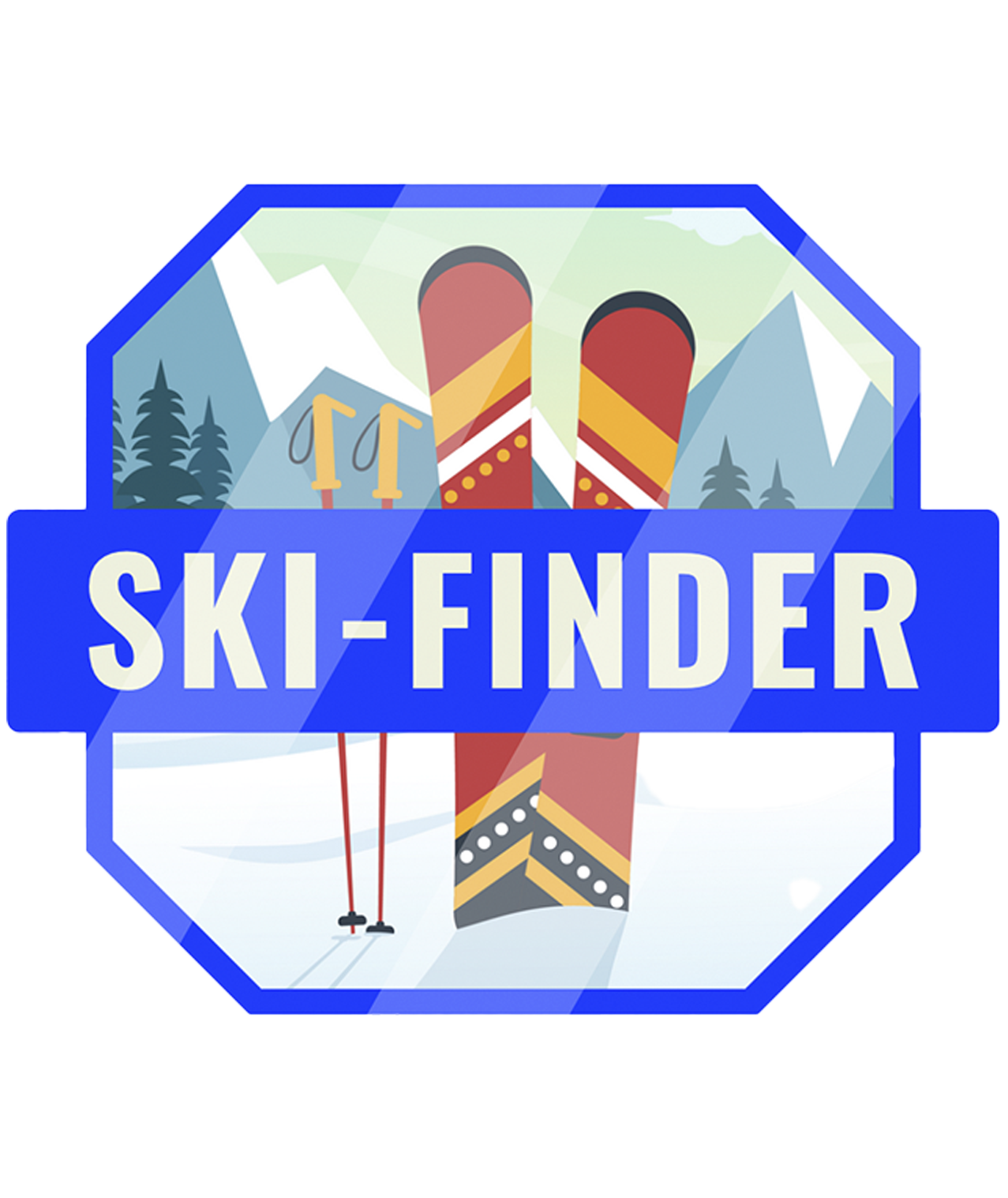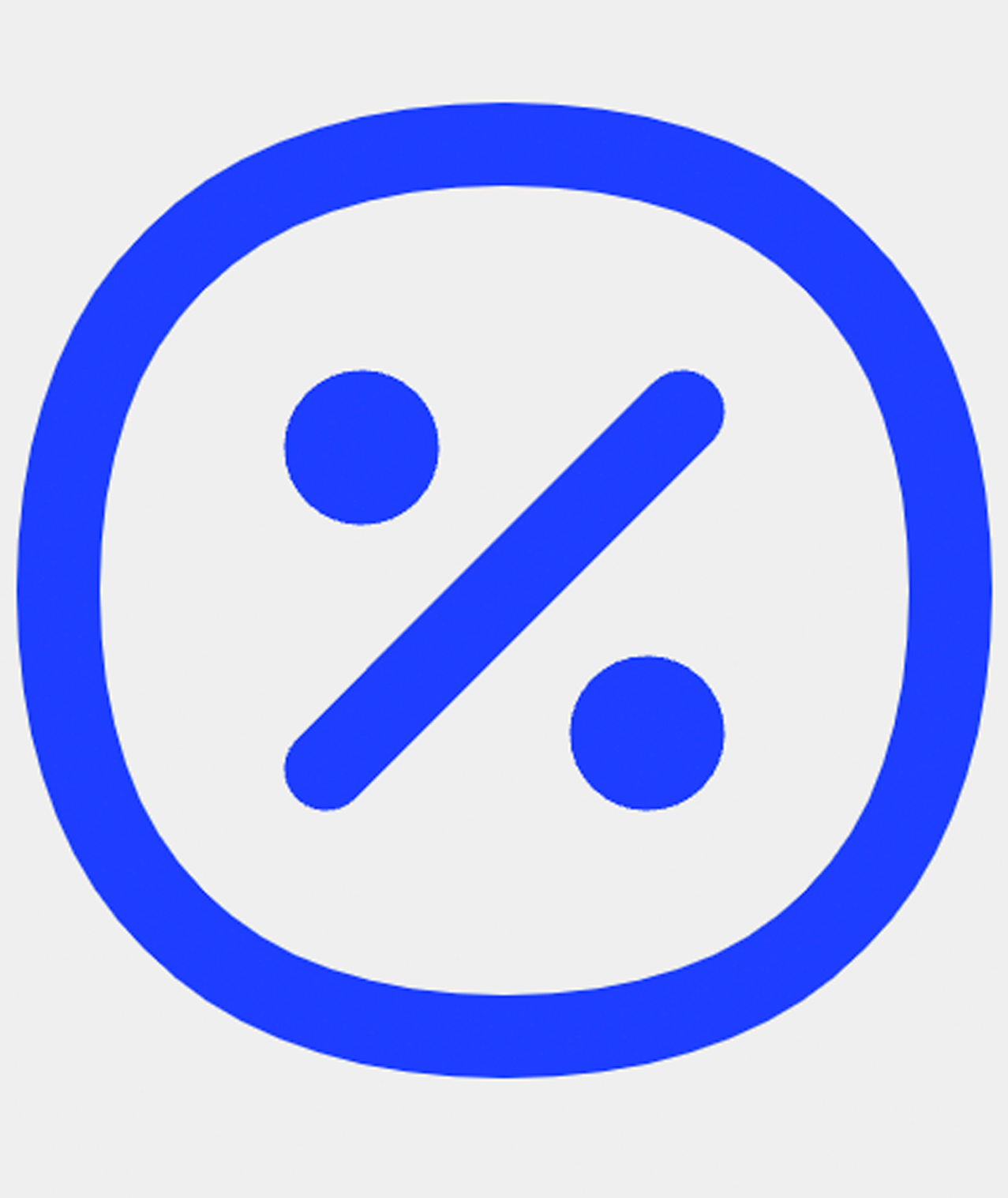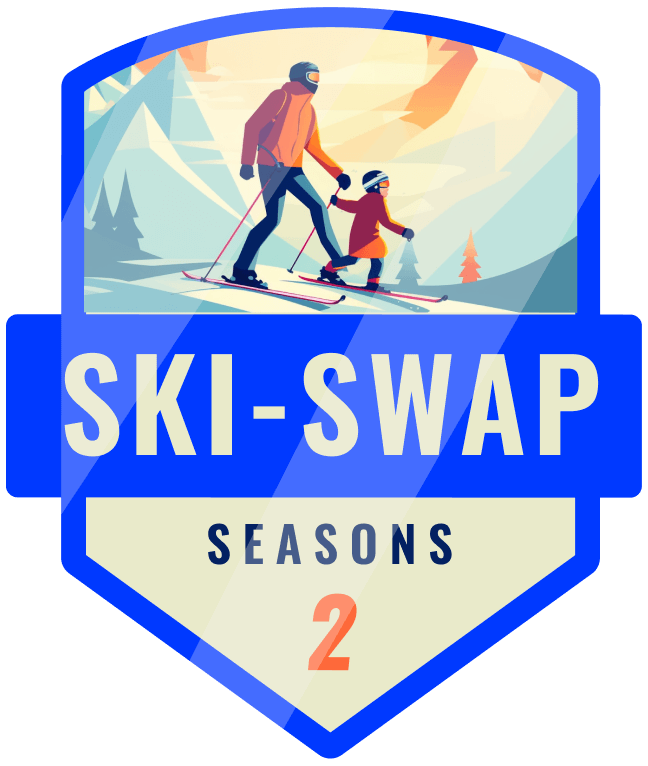Buying snowboards is just as difficult as buying skis. There are a lot of things you need to be aware of to find the right board for yourself. At Secondskis.com, we have created a Snowboard Guide that can help you find the perfect snowboard.
This guide contains the most important aspects when you buy snowboards from us:
1. Length, 2. Level, 3. Type/style & 4. Flex
After reading this guide, you can be sure that you can find a proper snowboard that suits your needs!
Length of your snowboard
The rule of thumb is that your board should reach your chin, but there are many other aspects that also affect the length of your snowboard. It depends on your level and the type of board you ride.
Below is a table for beginners who want to improve their snowboarding skills.
| Weight (Kg) | Height (Cm) | Length of snowboard |
| <40 | <145 | <125 |
| 40-50 | 145-150 | 125-130 |
| 45-55 | 150-155 | 130-135 |
| 50-60 | 155-160 | 135-140 |
| 55-65 | 160-165 | 140-145 |
| 60-70 | 165-170 | 145-150 |
| 65-75 | 170-175 | 150-155 |
| 70-80 | 175-180 | 155-160 |
| >80 | >185 | >160 |
If you prefer riding rails and spinning on your board, you might benefit from choosing a shorter board, as it is much easier to turn. If you are more into jumps and speed, you might benefit from choosing a slightly longer board.
Level
When determining your snowboard level, it's crucial to look inward and ask yourself, "How good am I really?"
If you choose a board that is too difficult for your skills, you'll end up using too much energy to control your board instead of improving your snowboarding skills. At Secondskis.com, we have divided our boards into three categories: Beginner/Intermediate, Skilled & Skilled/Expert.
If you buy a board that is slightly above your level, thinking you can use it for many years, it's a foolish mistake. It's better to buy a board you can really improve on, then sell it and buy one of the more advanced snowboards.
Beginner/Intermediate
As a beginner, it's good to choose short and soft boards because they make turns and tricks easier at the start. An All-mountain board is ideal, as it will help you get started and learn faster and easier. Even if you're not a complete beginner, it's still important to buy a board you can learn on, rather than one you can use for many years. It's a common mistake many beginners make!
Skilled
At this level, you don't fall as much anymore and can really start exploring different areas of the mountain. Now you can choose a board designed for a skilled rider and start gaining more speed on your snowboard and perform cooler tricks in the fun park. All-mountain boards are great here, as well as all freestyle boards, which you can use in the park but also work well on the slopes.
Skilled/Expert
Now you can call yourself a real snowboarder, and you feel confident on the entire mountain. There's nothing you can't descend. The choice of snowboard is entirely up to you, as you can ride them all. However, it's most advantageous to find a board designed for a skilled/expert. Here you get the best boards on the market and can push them much more in the turns!
Type/style
When figuring out what type of board you're looking for, ask yourself, "Where do I most enjoy riding?" Is it off-piste, in the park, or all over the mountain?
Off-piste
These boards are designed for riding in powder snow and are best suited for this. If you love off-piste, also known as freeride, you'll gain huge advantages with these boards. Their shape and profile help keep you afloat on the soft snow, making it a breeze to ride out there!
Park
Park snowboards are for those who feel at home in the park and want to spend entire days learning new tricks. Park snowboards, also known as freestyle boards, make it a bit easier to ride kickers, rails, and halfpipes.
All-mountain
If you can't decide where you prefer to ride, whether it's in the park, off-piste, or just on the slopes, an all-mountain board is perfect for you! Here you get great versatility and can ride freely all over the mountain as you wish. Both for beginners and skilled riders, all-mountain boards are often the preferred choice. However, if you're an expert on a snowboard, you might consider having multiple boards to ride on, so you have some that are good for different areas of the mountain.
Flex
Flex indicates how stiff your board is and how much force it requires to control and turn the board when you're on it. The stiffer the board, the more force it requires to bend. A softer board requires less force to bend. Snowboard flex is shown on a scale from 1 to 10.
Soft boards 1-4 flex
If a board is in the category between flex 1 and 4, it is suitable for beginners and the park. The soft board makes it much easier for beginners to take their very first turns, and it's also much more forgiving when you make mistakes. This means that with a softer board, you'll find it easier to stand and not fall all the time. Additionally, the board is also suitable for rails and box tricks.
Medium boards 5-7 flex
A flex between 5 and 7 is what most people will choose and is great for your all-mountain board. Here you get a board that is soft enough to be forgiving but also stiff enough to carve on the slopes.
Stiff boards 8-10 flex
The stiff boards are clearly the ones you can ride the fastest on and not lose control at high speeds. A stiff board is suitable both on and off the slopes, where you need maximum control over the snowboard. However, be aware that a stiff board requires you to be really good at snowboarding. It's only for those who really have it under control!
Ready to find the right board for yourself!
If you have read and understood everything in this guide, then you are ready to go out and buy a proper snowboard that suits you perfectly! It's incredibly important that you have control over all four aspects - Length, Level, Type/style & Flex - and that all four aspects match your needs. And remember, it's always most important to buy a board that matches your level so you can develop yourself, rather than spending all your energy controlling a board that's a bit too difficult.

